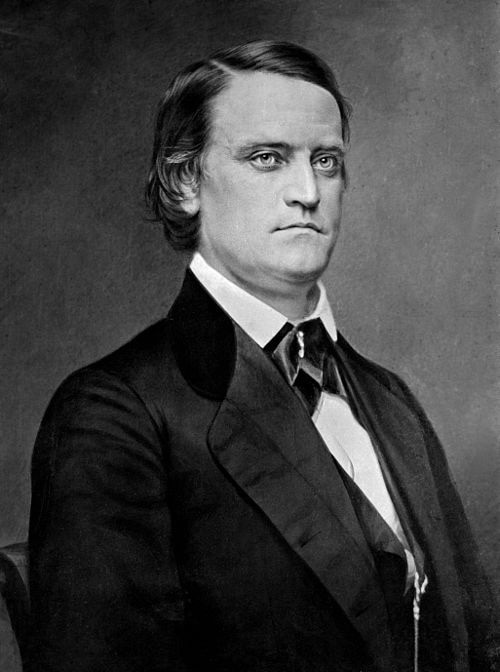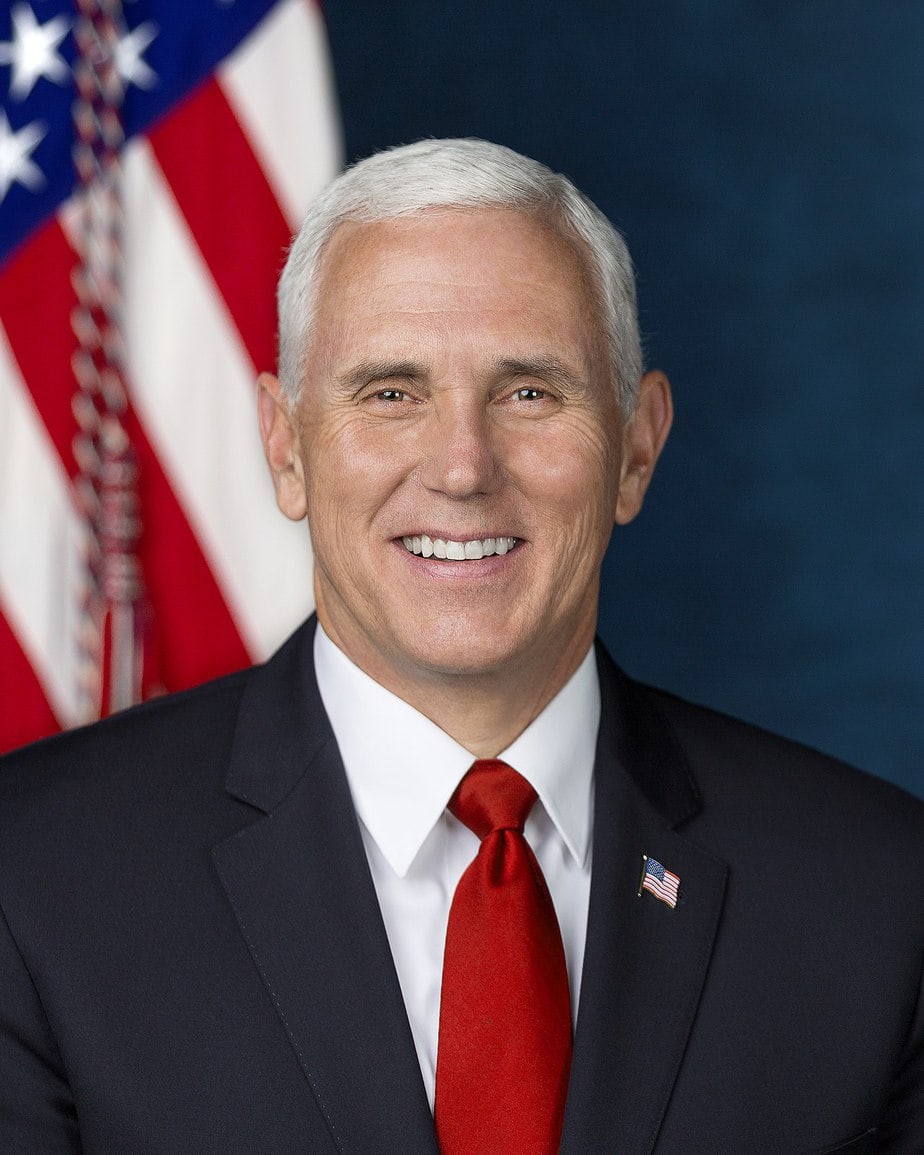The role of the Vice President in the United States has always been a position of immense responsibility and influence. Throughout history, several individuals have held this office at remarkably young ages, leaving a lasting impact on American politics. Understanding who these youngest vice presidents were and their contributions is crucial for appreciating the evolution of American leadership.
From a historical perspective, the Vice Presidency has been a stepping stone to the highest office in the land. Many of the youngest vice presidents have gone on to become influential leaders in their own right, shaping the political landscape of their time. This article delves into their stories, exploring not only their ages but also their achievements and legacies.
As we explore the lives and careers of the youngest vice presidents, it’s important to recognize the challenges they faced and the opportunities they seized. Their stories offer valuable lessons for aspiring leaders and history enthusiasts alike. Let’s uncover who these individuals were and how they influenced the trajectory of U.S. politics.
Read also:Main Event In The Woodlands
Table of Contents
- The Youngest Vice Presidents
- Criteria for Becoming Vice President
- John Adams: The First Vice President
- Richard Nixon: A Prominent Young Vice President
- Statistical Insights on Young Vice Presidents
- Constitutional Impact of Young Leaders
- Global Comparison of Young Political Leaders
- Challenges Faced by Young Leaders
- Legacy of Young Vice Presidents
- Future Prospects for Young Leadership
The Youngest Vice Presidents
Among the notable figures in U.S. political history, the youngest vice presidents stand out as remarkable individuals who assumed significant responsibilities at an early age. Richard Nixon, who became vice president at the age of 40, remains one of the most prominent figures in this category. His tenure marked a significant moment in American politics, highlighting the potential for younger leaders to make substantial contributions to national governance.
Another noteworthy figure is John C. Calhoun, who became vice president at the age of 48, a relatively young age for the time. His influence extended beyond his age, shaping policies and debates that continue to resonate in political discourse today. These leaders, among others, demonstrate the importance of youth and vigor in political leadership.
Criteria for Becoming Vice President
To qualify as Vice President of the United States, an individual must meet specific constitutional requirements. The candidate must be at least 35 years old, a natural-born citizen, and have resided in the United States for at least 14 years. Despite these minimum requirements, many vice presidents have taken office at younger ages, showcasing their capabilities and potential for leadership.
These criteria ensure that the Vice President is both experienced and capable of assuming the presidency if necessary. The inclusion of younger leaders in this role highlights the adaptability and forward-thinking nature of American democracy.
John Adams: The First Vice President
Biography of John Adams
John Adams, the first Vice President of the United States, was born on October 30, 1735, in Braintree (now Quincy), Massachusetts. A lawyer by profession, Adams played a pivotal role in the American Revolution and the formation of the new nation. Below is a brief overview of his life:
| Full Name | John Adams |
|---|---|
| Birth Date | October 30, 1735 |
| Death Date | July 4, 1826 |
| Place of Birth | Braintree, Massachusetts |
| Profession | Lawyer, Statesman |
| Years as Vice President | 1789–1797 |
Adams' contributions to the early years of the United States were substantial. As Vice President, he was instrumental in shaping the fledgling government and laying the groundwork for future leaders.
Read also:Hello Kitty And Friends Characters
Richard Nixon: A Prominent Young Vice President
Richard Nixon's ascent to the Vice Presidency at the age of 40 marked a significant moment in American political history. His tenure under President Dwight D. Eisenhower demonstrated the potential of younger leaders to navigate complex geopolitical challenges. Nixon's diplomatic efforts during this period, including his famous "kitchen debate" with Soviet Premier Nikita Khrushchev, underscored his ability to represent the United States on the global stage.
Despite the controversies that later surrounded his presidency, Nixon's early years in politics highlighted his capacity for leadership and innovation. His experiences as Vice President provided valuable lessons for future leaders, emphasizing the importance of adaptability and strategic thinking.
Statistical Insights on Young Vice Presidents
Data reveals that several vice presidents assumed office at younger ages than their predecessors, contributing to a trend of youthful leadership in American politics. According to historical records:
- Richard Nixon was the youngest Vice President to be elected at the age of 40.
- John C. Calhoun became Vice President at the age of 48, a relatively young age for the time.
- These leaders often brought fresh perspectives and innovative ideas to their roles, influencing policy and governance.
These statistics underscore the significance of youth in leadership, demonstrating that age is not a barrier to effective governance.
Constitutional Impact of Young Leaders
The presence of younger leaders in the Vice Presidency has had a profound impact on the U.S. Constitution and its interpretation. Younger vice presidents often bring a modern perspective to constitutional matters, advocating for reforms and updates that reflect contemporary needs. This has led to a more dynamic and responsive political system.
For instance, Richard Nixon's advocacy for civil rights and international diplomacy highlighted the potential for younger leaders to address pressing issues with innovation and determination. Their influence extends beyond their tenure, shaping the constitutional framework for future generations.
Global Comparison of Young Political Leaders
When compared globally, the phenomenon of young political leaders is not unique to the United States. Countries such as Canada, the United Kingdom, and Germany have also seen younger individuals rise to prominent positions in government. For example:
- Justin Trudeau became the Prime Minister of Canada at the age of 43.
- Angela Merkel assumed the Chancellorship of Germany at the age of 51.
These examples illustrate the global trend toward younger leadership, reflecting a shift toward more inclusive and forward-thinking governance.
Challenges Faced by Young Leaders
Despite their potential, young leaders often face significant challenges in their roles. Critics may question their experience or readiness for such high-stakes positions. However, history has shown that these leaders often rise to the occasion, proving their capabilities through action and results.
Some of the key challenges faced by young leaders include:
- Establishing credibility and authority among older, more experienced colleagues.
- Navigating complex political landscapes with limited historical context.
- Addressing public skepticism about their ability to lead effectively.
Overcoming these challenges requires resilience, strategic thinking, and a commitment to learning and growth.
Legacy of Young Vice Presidents
The legacy of young vice presidents extends far beyond their years in office. Their contributions to policy, diplomacy, and governance have left an indelible mark on American history. For example:
- Richard Nixon's efforts in foreign policy laid the groundwork for improved relations with China and the Soviet Union.
- John C. Calhoun's advocacy for states' rights influenced debates on federalism that continue to this day.
These leaders remind us that age is not a determinant of leadership potential, and that young voices can and should be heard in the halls of power.
Future Prospects for Young Leadership
As society continues to evolve, the role of young leaders in politics is likely to expand. The increasing emphasis on diversity, inclusivity, and innovation in governance will create opportunities for younger individuals to assume positions of responsibility. This trend is supported by changing societal norms and the growing recognition of the value that younger generations bring to leadership roles.
Looking ahead, it is essential to encourage and support young leaders in their aspirations. By providing them with the tools, resources, and mentorship they need, we can ensure that the future of governance is both dynamic and effective.
Conclusion
In conclusion, the youngest vice presidents in U.S. history have played a vital role in shaping the nation's political landscape. From Richard Nixon's diplomatic achievements to John C. Calhoun's contributions to federalism, these leaders have demonstrated the potential of youth in governance. Their stories offer valuable lessons for aspiring leaders and underscore the importance of inclusivity and innovation in politics.
We invite you to share your thoughts on this article and explore other topics related to American history and leadership. Your feedback and engagement are crucial in fostering a deeper understanding of the role of young leaders in shaping our world. Thank you for reading!


